131 private links
Rebuttal to the opinion of Christoph Buchal, Hans-Dieter Karl and Hans-Werner Sinn titled “Coal Engines, Wind Engines and Diesel Engines. What does the CO2 balance show?”

Britney Crystal Gallivan (born 1985) of Pomona, California, is best known for determining the maximum number of times that paper or other materials can be folded in half.
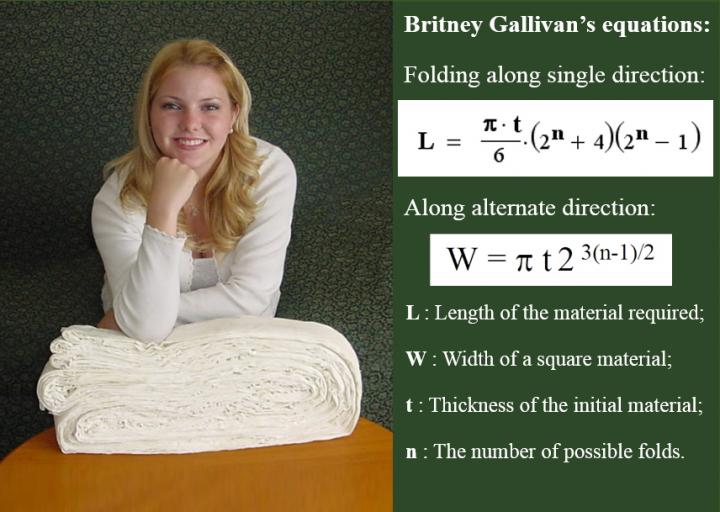
In early tests, this laser-activated silk and gold material held wounds together better than stitches or glue.
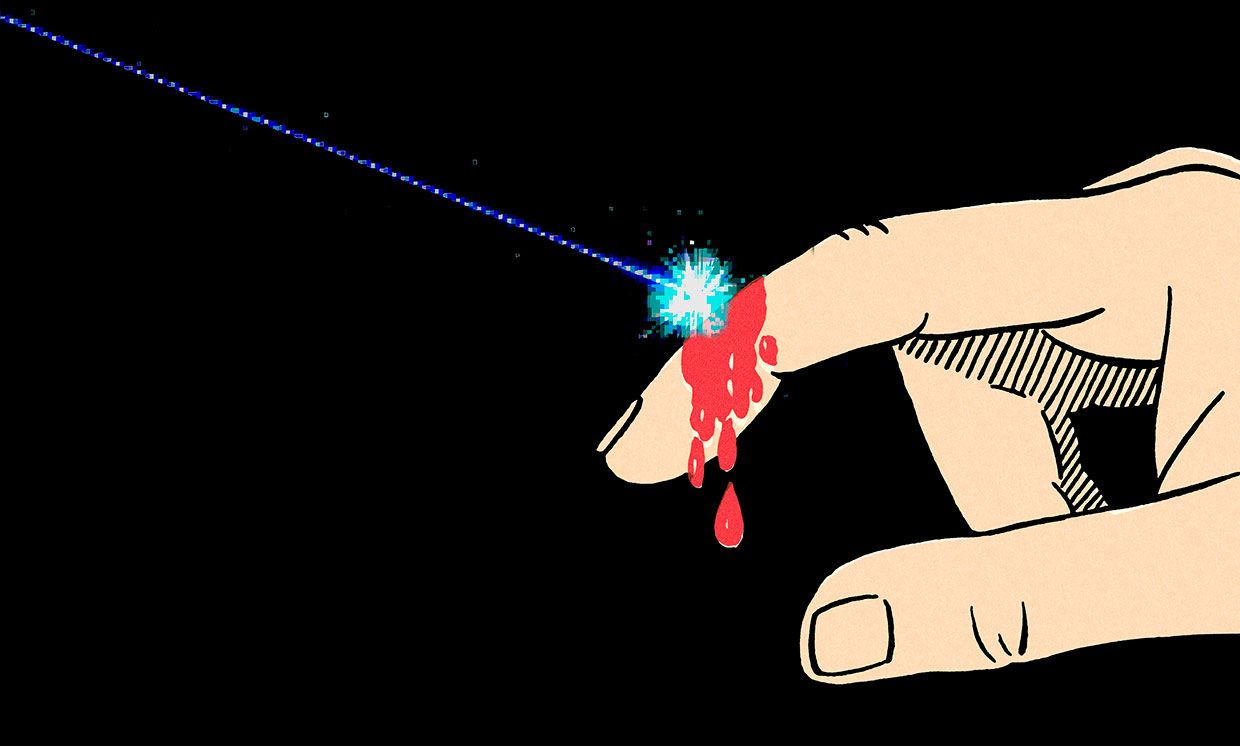
This is the abstract of the paper published on this painting UAV.
This paper describes a system for autonomous spray painting using a UAV, suitable for industrial applications. The work is motivated by the potential for such a system to achieve accurate and fast painting results. The PaintCopter is a quadrotor that has been custom fitted with an arm plus a spray gun on a pan-tilt mechanism. To enable long deployment times for industrial painting tasks, power and paint are delivered by lines from an external unit. The ability to paint planar surfaces such as walls in single color is a basic requirement for a spray painting system. But this work addresses more sophisticated operation that subsumes the basic task, including painting on 3D structure, and painting of a desired texture appearance. System operation consists of (a) an offline component to capture a 3D model of the target surface, (b) an offline component to design the painted surface appearance, and generate the associated robotic painting commands, (c) a live system that carries out the spray painting. Experimental results demonstrate autonomous spray painting by the UAV, doing area fill and versatile line painting on a 3D surface.
The Fibonacci numbers are the sequence 1, 1, 2, 3, 5, 8, ..., and satisfy the recurrence F(n) = F(n – 1) + F(n – 2).
They also have a beautiful formula.
My favorite derivation of this formula entirely avoids algebraic manipulation.
Roughly speaking, Gödel’s Incompleteness Theorem states that there are true mathematical statements that cannot be proven. When I was in 11-th grade, my geometry teacher Mr. Olsen, my friend Uma Roy, and I spent five weeks reading through Gödel’s original proof of the theorem. Why did it take so long? Partly because Uma and I were high-school students. Partly because Gödel was a less-than-talented writer. But mostly because the proof is actually pretty hard.
Experienced programmers often need to use online resources to pick up new programming languages. However, we lack a comprehensive understanding of which resources programmers find most valuable and utilize most often. In this paper, we study how experienced programmers learn Rust, a systems programming language with comprehensive documentation, extensive example code, an active online community, and descriptive compiler errors. We develop a task that requires understanding the Rust-specific language concepts of mutability and ownership, in addition to learning Rust syntax.
Our results show that users spend 42% of online time viewing example code and that programmers appreciate the Rust Enhanced package’s in-line compiler errors, choosing to refresh every 30.6 seconds after first discovering this feature. We did not find any significant correlations between the resources used and the total task time or the learning outcomes. We discuss these results in light of design implications for language developers seeking to create resources to encourage usage and adoption by experienced programmers.
Researchers at the University of Tokyo were expecting to create a strong magnetic field, but they got a lot more than they were bargaining for.
Potential predatory scholarly open‑access publishers
Instructions: first, find the journal's publisher - it is usually written at the bottom of journal's webpage or in the "About" section. Then simply enter the publisher's name or its URL in the search box above. If the journal does not have a publisher use the Standalone Journals list.
Studying time “is like holding a snowflake in your hands: gradually, as you study it, it melts between your fingers and vanishes.”Image…
This is the first million integers, represented as binary vectors indicating their prime factors, and laid out using the UMAP dimensionality reduction algorithm by Leland Mcinnes. Each integer is represented in a high-dimensional space, and gets squished down to 2D so that numbers with similar prime factorisations are closer together than those with dissimilar factorisations.
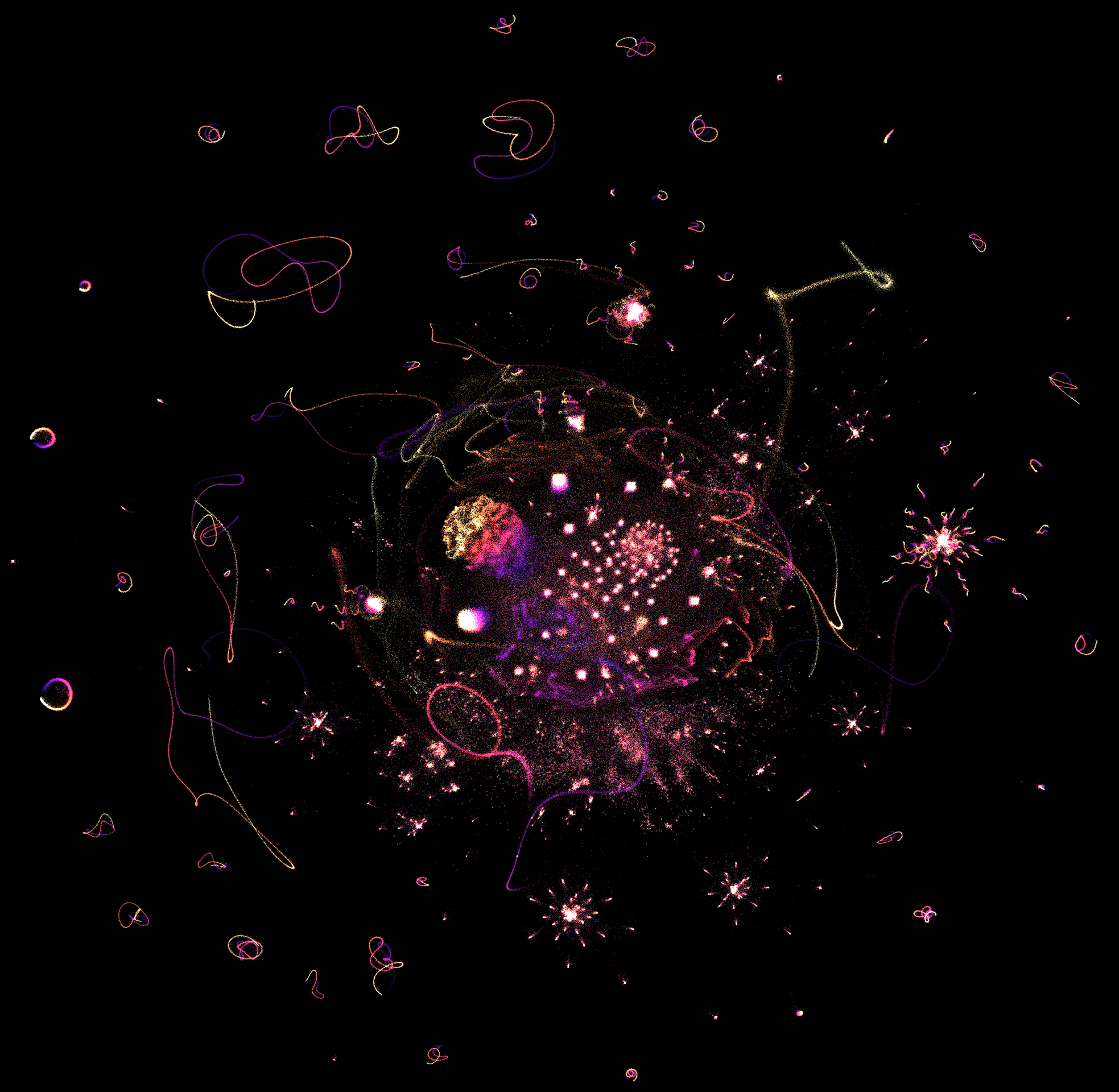
I originally wrote this paper in 1981 for a course in writing research papers at Rose-Hulman Institute of Technology. It was written on a DEC PDP-11/70 computer using the RUNOFF text formatting program, and having it on line from the beginning made it easy to save an electronic copy for future use. The instructor, Dr. Peter Parshall (of "Peter Parshall picked apart my perfect paper" fame), awarded the grade of A- to my work.
It’s nearly impossible to break a dry spaghetti noodle into only two pieces. A new MIT study shows how and why it can be done.
Spaghetti braking into multiple parts:

Spaghetti braking into 2 parts:

A receiver operating characteristic (ROC) is a graph that illustrates the performance of a binary classifier as its discrimination threshold (cutoff) is changed.
The curve is created by plotting the true positive rate (TPR) against the false positive rate (FPR) at various cutoff settings. The true-positive rate is known as sensitivity, the false-positive rate is known as the fall-out and is calculated as (1 - specificity).
The ROC curve is thus a plot of the true positives (TPR) versus the false positives (FPR). The ROC curve can be generated by plotting the cumulative distribution function (area under the probability distribution from - ∞ to + ∞ ) of the correct detection probability in the y-axis versus the cumulative distribution function of the false-alarm probability in x-axis.
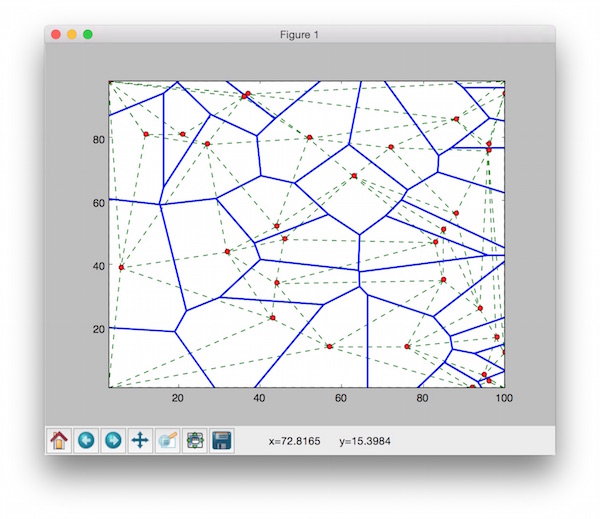
We shall introduce PyDelaunay as a practical spatial construction. It is an efficient Python implementation of Voronoi/Delaunay Tessellation, which can be served as the Basic Map of the neighbourhood concept.
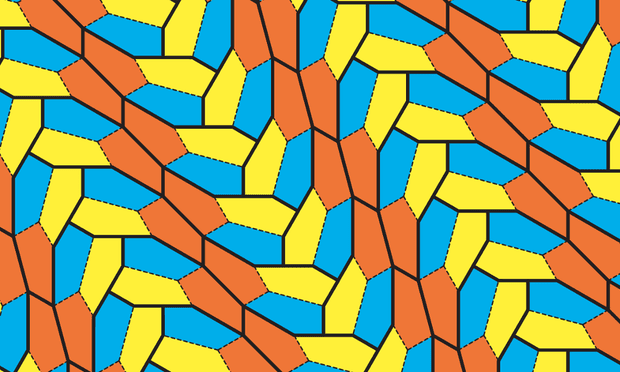
Joy as mathematicians discover a new type of pentagon that can cover the plane leaving no gaps and with no overlaps. It becomes only the 15th type of pentagon known that can do this, and the first discovered in 30 years.
Publons allows you to record, verify, and showcase your peer review contributions in a format you can include in job and funding applications (without breaking reviewer anonymity).
- Get recognition for all the peer review work you do for journals.
- See how you compare with our review stats and graphs.
- Help your university climb the university leaderboard.
- Simply forward your "thank you for reviewing" emails to reviews@publons.com to add reviews.
